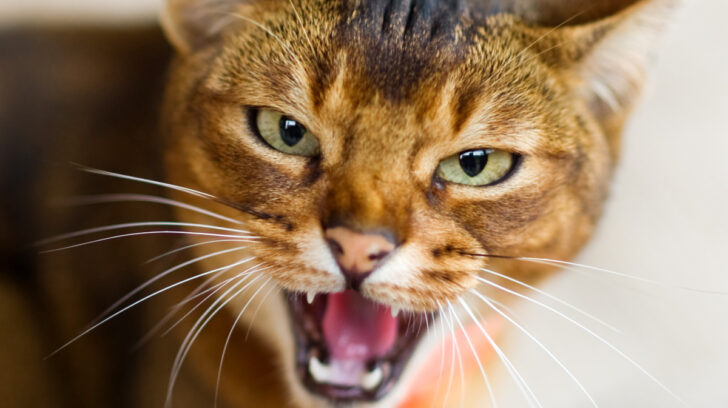Bite wounds are often a reason to visit an urgent care facility. Similar to many accidents, they do not always occur at a convenient time. Many bite wounds can be treated, if properly cared for, with little to no permanent ill effects. More serious injuries, or those not properly cared for, can escalate quickly and lead to both short- and long-term complications.
So where can bite wounds come from?
Domestic Pets
Whether it is a multi- cat, multi -dog or even a combination of different pets and visiting furry friends, having more than one set of teeth in the house can end with a bite. This is also true for interactions between cats or dogs at parks, in public etc. It’s always important to be aware of your pet’s behavior and surrounding animals.
Feral/Wild Animals
If a pet spends time outside unsupervised it is possible he or she may encounter a not- so- friendly feral or wild animal. When a pet has ventured off for any period of time, it is a good idea to check them over for any wounds (bite or otherwise) that may be hiding under the fur from a squabble.
What health concerns can come from bite wounds?
Infection
Dog bites may pack a bigger punch in some cases with tissue damage, but the needle like teeth of cats can penetrate deep down creating a tract for bacteria to enter the wound. The introduction of bacteria can develop into an infection. If a bite wound is red, warm to the touch and or has drainage, infection has set in (a VetUrgency!).
Tear or laceration of skin requiring sutures
Puncture holes present one set of challenges but a pet may also be faced with a large laceration needing sutures. Check out our blog on lacerations to learn more about possible repairs.
Transmission of disease
Saliva not only carries bacteria putting pets at risk for infection, but also can carry diseases including rabies.
Why is rabies of such concern?
To put it bluntly, rabies is always fatal. There is no cure and no test available while the animal is alive to detect rabies. The brain holds the answer of a positive or negative rabies test. Animals involved in a bite may be subjected to a quarantine period to monitor for signs of rabies. Rabies is a zoonotic disease meaning it can be transferred to people. The severity of this disease and its repercussions is one of the many reasons keeping your pet up to date on his/her vaccinations is so important.
If you are concerned about a wound on your pet, contact your veterinarian or nearest urgent veterinary care facility for help. Be ready with a copy of your pet’s vaccinations (if not being seen at your primary vet) and information on the incident leading to the bite wound (When did it occur? Do you know what animal the bite came from? Are there any signs of infection? etc.). Because of the severity of some wounds, and / or the need for additional care, referral to an ER may be discussed once your pet has been triaged and / or as a second part of therapy and monitoring after initial wound care. These scenarios don’t occur commonly, but are a reflection of the “iceberg effect” that wounds can be.

